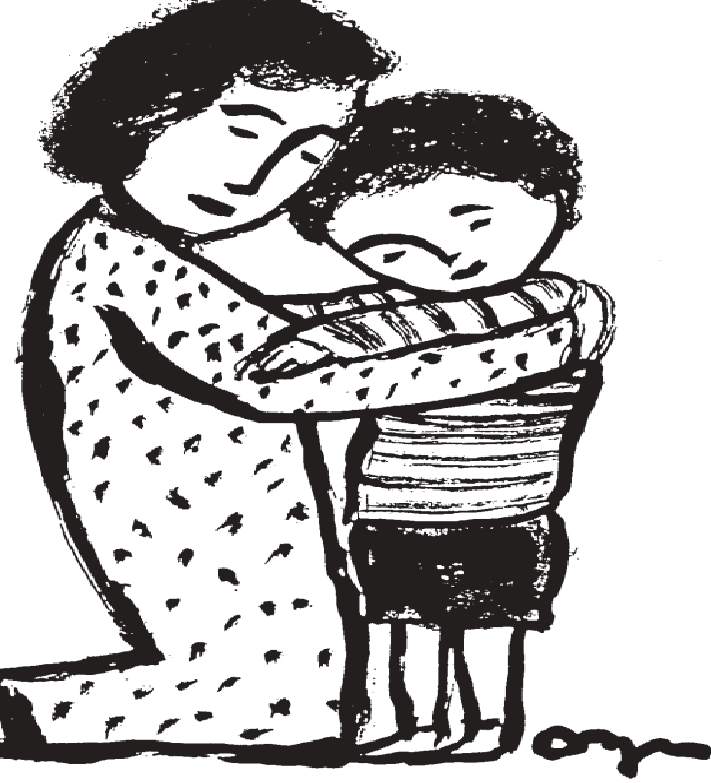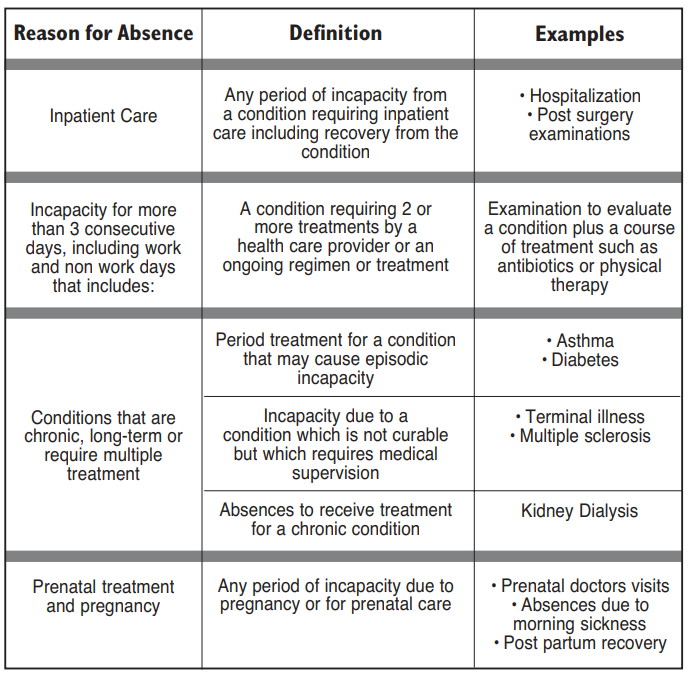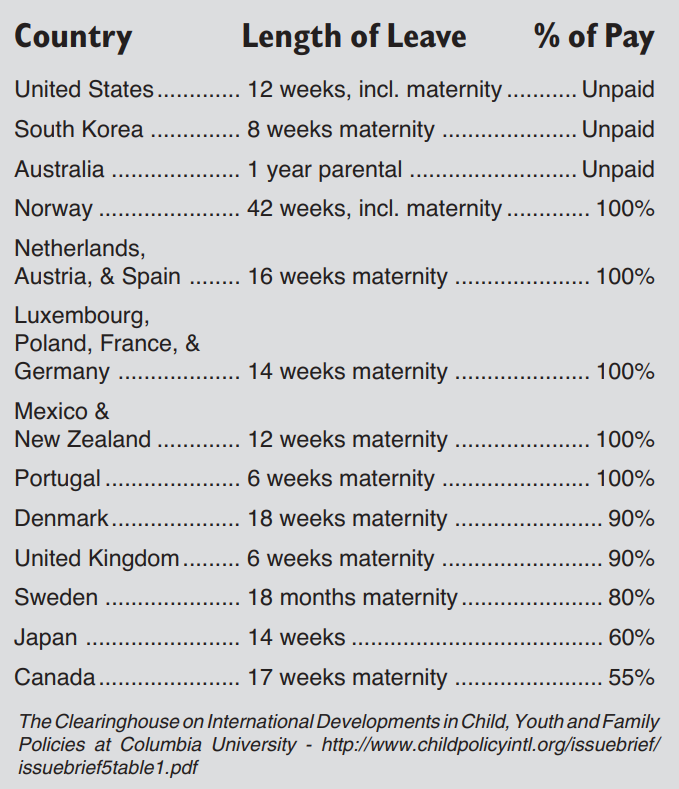The Hawaii Family Leave Act and the US Family and Medical Leave Act allow covered workers to take leave to care for a family member with a “serious health condition.” Under the federal law, a “family member” is defined as spouse, children, and biological parents.
The Hawaii law broadens the definition of “family member” to include parents in-law, grandparents, grandparents in-law, and reciprocal beneficiaries. In addition, the Hawaii law allows workers to use up to 10 days a year of their sick leave benefits to care for family members. This part of the Hawaii law is fairly new and was amended by the Legislature this year. You should see your ILWU business agent if you run into problems with your employer.
Remember, the Hawaii law applies only to employers with 100 or more workers in the State of Hawaii and you must have worked for at least 6 consecutive months. The federal law applies to employers with 50 or more workers but you must have worked more than 1250 hours in the previous 12 months. ◆

What is a serious health condition?
Both the Hawaii Family Leave Act and the US Family and Medical Leave Act (FMLA) of 1993 apply in case of a “serious health condition.” The following table from the US Department of Labor’s website may help you understand what conditions are covered by the law. For more information -- see http:// www.dol.gov/esa/whd/fmla/ index.htm.
Ask your doctor if you are not sure whether your condition is covered by FMLA. If your condition is covered, it is a good idea to get certification from your doctor. Most medical providers should have the Department of Labor Form WH-380 which is used for this purpose. The form does not require you to disclose the exact nature of your condition—only whether the condition is covered by FMLA.
It is also a good idea to inform your employer in advance (as much as 30 days if possible) and no later than two business days of your return to work, if you think your absence is covered by FMLA. This gives you important rights—and prevents your employer from counting your absence against you under a “nofault” absentee policy.
If you have any questions or problems about your rights under the Hawaii or US family leave laws, see your union business agent. ◆
Chart 1: FMLA Serious Health Condition Definition
Understanding what is a serious health condition will help you get the most out of the family medical leave laws. The following table is based on the US Family and Medical Leave Act (FMLA) of 1993. For more information, go to the US Department of Labor website—http://www.dol.gov/esa/ whd/fmla/index.htm.

US stingy on family leave
Some 128 countries provide paid and job-protected childbirth-related leave. The average paid leave is 16 weeks. These countries recognize the need for workers to take time off from their jobs to take care of their new born children and for this to be paid leave.
In contrast, US employers are only required to provide their workers with a miserly 12 weeks of UNPAID leave. This puts the US next to last place, only beating out South Korea, where workers get 8 weeks of unpaid leave. Australia is the only other advanced country where maternity leave is unpaid, but Australian parents are entitled to take up to 52 weeks of such leave.
This is based on 2000-2002 data compiled by Columbia University’s Institute for Child and Family Policies. For more information, see their issue brief: “Mother's Day: More Than Candy And Flowers, Working Parents Need Paid TimeOff” - http://www.childpolicyintl.org/ issuebrief/issuebrief5.htm.
The US may actually be worse than South Korea, as only an estimated 55 percent of the American workforce is covered by the family medical leave law. The law applies only to employers with 50 or more people on their payroll and only if the worker has been employed for at least 12 consecutive months and worked 1250 hours or more.

For family care leave definitions and information on reciprocal beneficiaries, turn to page 7
